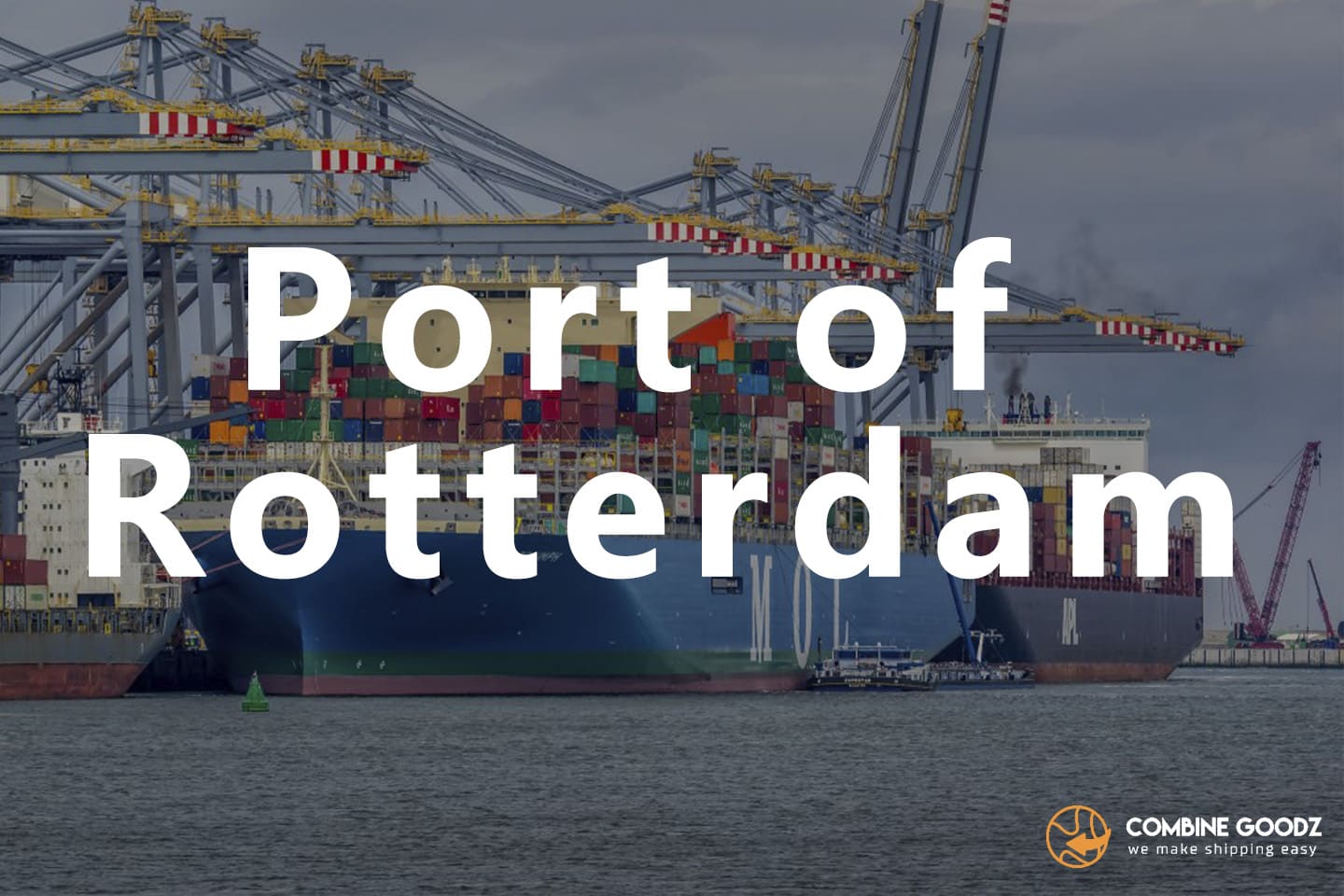
The Port of Rotterdam is one of the oldest and largest seaports in Europe and also ranks among the top ten worldwide. Statistically speaking, the Port of Rotterdam remained the world’s number one port until the 21st century and was first overtaken by Shanghai and Singapore a few years ago.
The Rotterdam port is considered to be Europe's gate to the world. Without it, the Europe of today and globalization would be difficult to imagine.
The name Rotterdam was first used in 1283 when a small fishing village was established at the mouth of the Rotte River by reclaiming land. After the construction of a canal to the Schie in 1360, the port became a major seaport. This expansion provided the port with access to larger cities in the north, as well as facilitated the transport of goods between England and Germany. Rotterdam expanded its harbors and accommodations along the Meuse in the 17th century, when the discovery of the sea route to the Indies provided a huge boost to Dutch commerce and shipping. Before the end of the century, it was the country's second merchant city after Amsterdam.
French occupation of the port from 1795 to 1815 drastically reduced trade. Trade increased again after the fall of Napoleon.
In 1940, almost one-third of the port facilities were destroyed when it was attacked by Germany.
The port started its rebuilding operation after the end of World War II.
Port of Rotterdam-Strategic location
Rotterdam emerged as a trade hub thanks to its strategic location with easy access to the Rhine on the North Sea.
As well as a huge, deepwater port, it is linked to a network of roads, railways, and rivers, which means that the major European markets of France, Germany, and Belgium – not to mention the UK – are within easy reach. This development has been possible because large ships – up to a depth of 23 meters – can be accessed from the open sea quickly and safely without the need for sea locks.
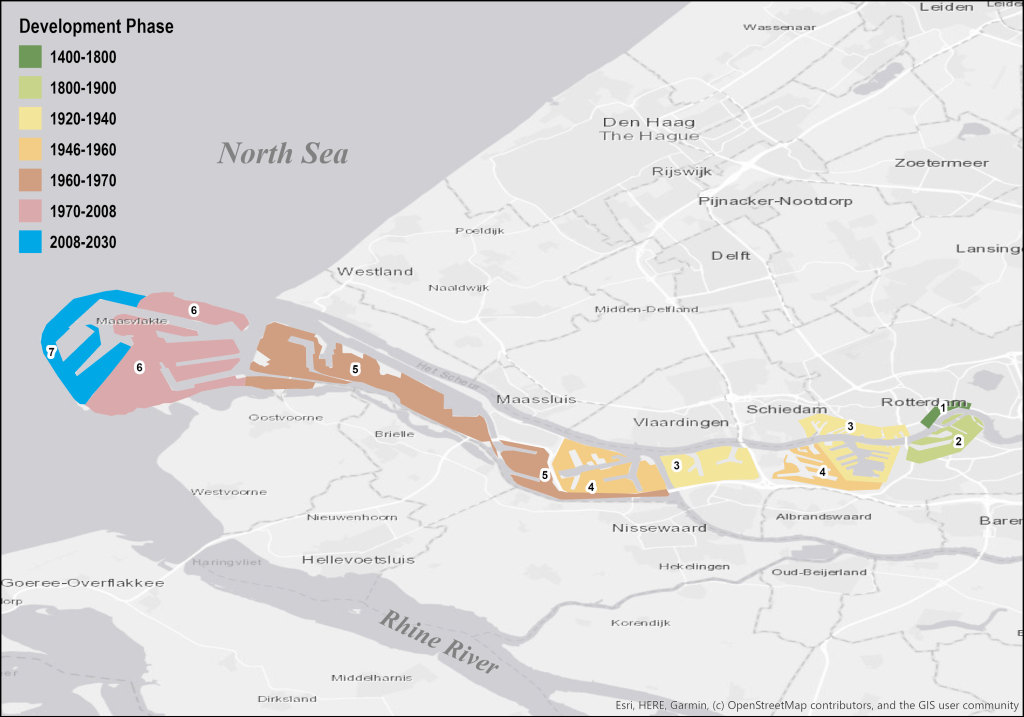
Port of Rotterdam figures
The figures that make up the port of Rotterdam are impressive. In 2018, the handling of sea freight amounted to almost 469 million tonnes, which represents a renewed slight growth compared to previous years.
The number of ships calling at the Port of Rotterdam each year is 30,000 in the maritime sector alone and 105,000 inland waterway vessels.
The Port of Rotterdam is home to approximately 320,000 people and contributes a whopping 7% of the Dutch GDP. Above all, oil is important for the port of Rotterdam, thanks to pipelines with direct access to the Ruhr area and Antwerp. Furthermore, four large refineries are located in Rotterdam, and various companies from the oil and chemical industries are in charge of processing. The same is true for gas companies and companies that deal directly in oil.
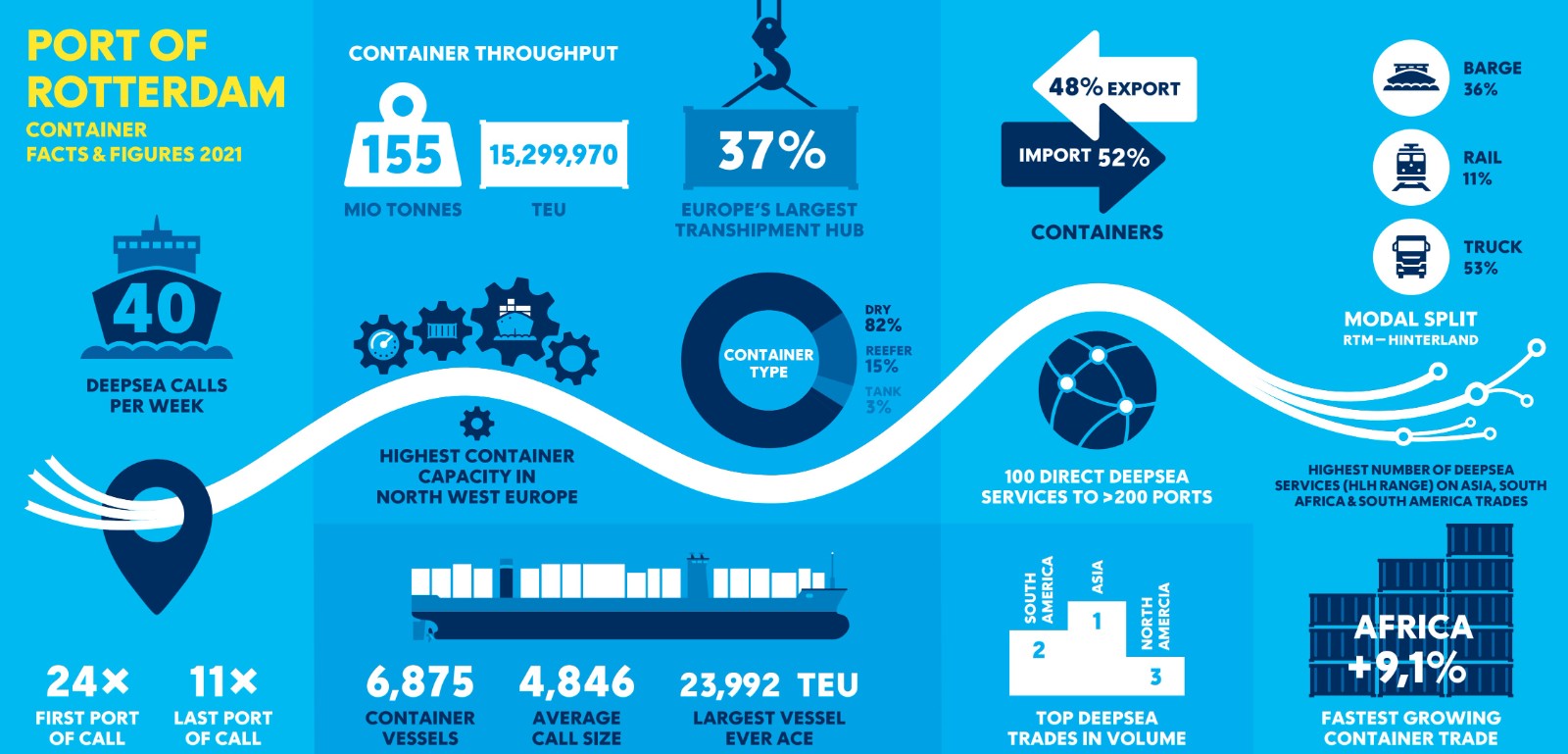
The Port of Rotterdam has a tank storage capacity of more than 30 million cubic meters, a crude oil storage capacity of 12 million cubic meters, and mineral oil products storage capacity of 6.7 million cubic meters. It also makes independent storage of mineral oil, chemical products, and vegetable oils and fats possible.
The port has 122 jetties, 23 berths, six pilot boats, and 29 tug boats. There are more than 90 terminals, with 35 dedicated to liquid bulk cargo, 15 to dry bulk cargo, and 17 for multi-purpose use.
The port has nine container terminals to handle inland, deep-sea, and short-sea shipping. The port also has seven roll-on/roll-off terminals, three juice terminals, two fruit terminals, and one each for steel and paper, cars, and cruise ships.
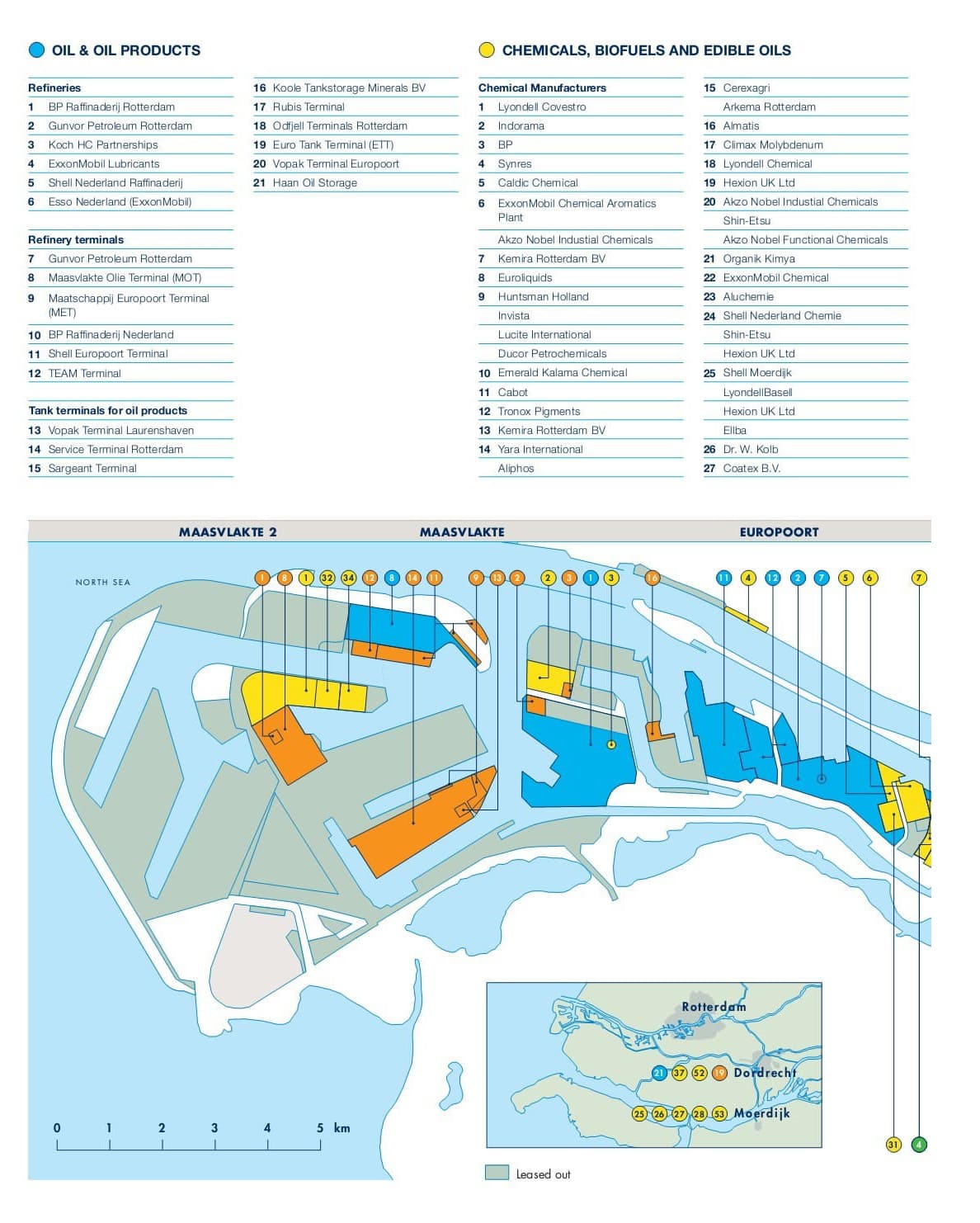
Port of Rotterdam operator
The Port of Rotterdam Authority manages and operates Rotterdam's port and industrial area (PoRA). It is a non-listed public limited company owned by the Municipality of Rotterdam (75% of the shares) and the Dutch State (25%). The company is divided into several departments, such as finance and information management, as well as the port authority, health authorities, tourism, and so on.
Future Plans for Port of Rotterdam
As one of the world’s leading ports, Rotterdam harbors the ambition of being the smartest port. The Port of Rotterdam Authority is embracing the energy transition, digitization, and innovations as an opportunity for making logistics chains that pass through Rotterdam more efficient, more reliable, and hence more competitive. If it were up to Rotterdam, autonomous ships would be docking in the port by 2030.

The Port of Rotterdam is one of the oldest and largest seaports in Europe and also ranks among the top ten worldwide. Statistically speaking, the Port of Rotterdam remained the world’s number one port until the 21st century and was first overtaken by Shanghai and Singapore a few years ago.
The Rotterdam port is considered to be Europe's gate to the world. Without it, the Europe of today and globalization would be difficult to imagine.
The name Rotterdam was first used in 1283 when a small fishing village was established at the mouth of the Rotte River by reclaiming land. After the construction of a canal to the Schie in 1360, the port became a major seaport. This expansion provided the port with access to larger cities in the north, as well as facilitated the transport of goods between England and Germany. Rotterdam expanded its harbors and accommodations along the Meuse in the 17th century, when the discovery of the sea route to the Indies provided a huge boost to Dutch commerce and shipping. Before the end of the century, it was the country's second merchant city after Amsterdam.
French occupation of the port from 1795 to 1815 drastically reduced trade. Trade increased again after the fall of Napoleon.
In 1940, almost one-third of the port facilities were destroyed when it was attacked by Germany.
The port started its rebuilding operation after the end of World War II.
Port of Rotterdam-Strategic location
Rotterdam emerged as a trade hub thanks to its strategic location with easy access to the Rhine on the North Sea.
As well as a huge, deepwater port, it is linked to a network of roads, railways, and rivers, which means that the major European markets of France, Germany, and Belgium – not to mention the UK – are within easy reach. This development has been possible because large ships – up to a depth of 23 meters – can be accessed from the open sea quickly and safely without the need for sea locks.

Port of Rotterdam figures
The figures that make up the port of Rotterdam are impressive. In 2018, the handling of sea freight amounted to almost 469 million tonnes, which represents a renewed slight growth compared to previous years.
The number of ships calling at the Port of Rotterdam each year is 30,000 in the maritime sector alone and 105,000 inland waterway vessels.
The Port of Rotterdam is home to approximately 320,000 people and contributes a whopping 7% of the Dutch GDP. Above all, oil is important for the port of Rotterdam, thanks to pipelines with direct access to the Ruhr area and Antwerp. Furthermore, four large refineries are located in Rotterdam, and various companies from the oil and chemical industries are in charge of processing. The same is true for gas companies and companies that deal directly in oil.

The Port of Rotterdam has a tank storage capacity of more than 30 million cubic meters, a crude oil storage capacity of 12 million cubic meters, and mineral oil products storage capacity of 6.7 million cubic meters. It also makes independent storage of mineral oil, chemical products, and vegetable oils and fats possible.
The port has 122 jetties, 23 berths, six pilot boats, and 29 tug boats. There are more than 90 terminals, with 35 dedicated to liquid bulk cargo, 15 to dry bulk cargo, and 17 for multi-purpose use.
The port has nine container terminals to handle inland, deep-sea, and short-sea shipping. The port also has seven roll-on/roll-off terminals, three juice terminals, two fruit terminals, and one each for steel and paper, cars, and cruise ships.

Port of Rotterdam operator
The Port of Rotterdam Authority manages and operates Rotterdam's port and industrial area (PoRA). It is a non-listed public limited company owned by the Municipality of Rotterdam (75% of the shares) and the Dutch State (25%). The company is divided into several departments, such as finance and information management, as well as the port authority, health authorities, tourism, and so on.
Future Plans for Port of Rotterdam
As one of the world’s leading ports, Rotterdam harbors the ambition of being the smartest port. The Port of Rotterdam Authority is embracing the energy transition, digitization, and innovations as an opportunity for making logistics chains that pass through Rotterdam more efficient, more reliable, and hence more competitive. If it were up to Rotterdam, autonomous ships would be docking in the port by 2030.
Popular Articles
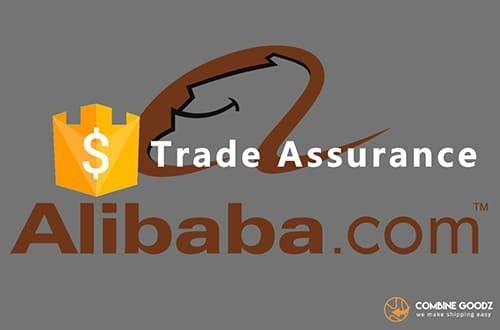
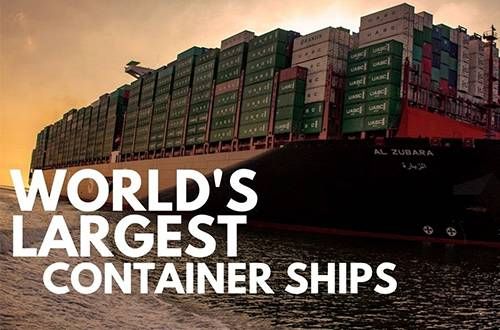
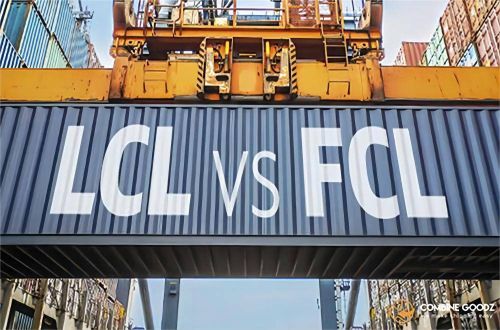
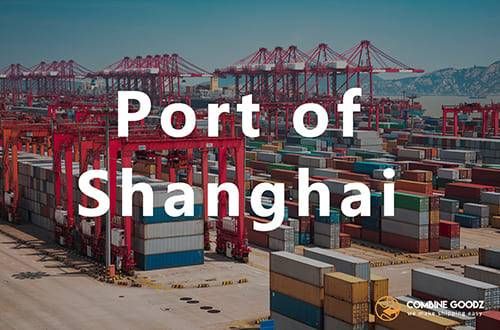
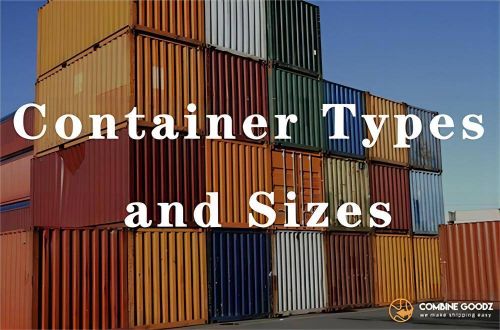
Categories
Share
The latest blogs and insights on what is happening in international transport and logistics.